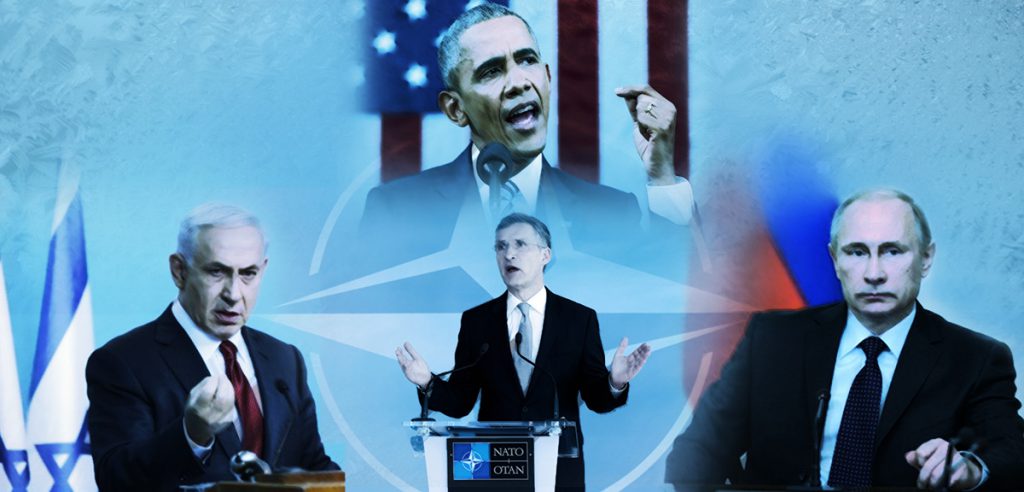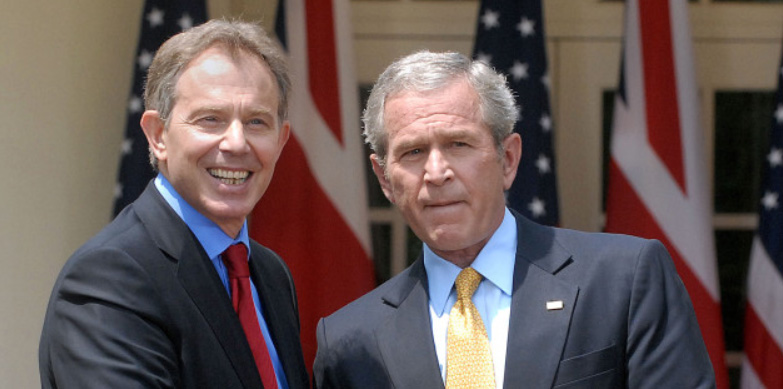Russia’s Provocation – A Fabrication? (Part 1)

While one keeps hearing about “Russia’s aggression”, the Western media has ridiculed Vladimir Putin’s claim about NATO’s threatening behaviour. Could it be that Putin’s absurd claim is correct?
[Comment: This article was published on a Norwegian news site October 2016, but the issue keeps coming back, maintaining the article’s relevance]
Following NATO’s opening of yet another missile base, now in Romania (May 2016), Putin stated that Russia did consider counter-measures to “end the threat”. One can take a look at the behaviour pattern of both Washington, NATO and the Western media in order to conclude whether Putin’s claim about a threat is absurd or not.
With its numerous missile bases surrounding Russia and China’s borders, NATOs behaviour pattern can certainly appear offensive. Russia could interpret it as strategic steps prior to an assumed or planned warfare. NATO’s actions, led by Washington, resembles the Cuban missile crisis, which started, among else, with the earlier stationing of American missiles in Turkey and Italy.
Dr Paul Craig Roberts, former Assistant Secretary of Treasury for Economic Policy under the Reagan administration, has criticized Washington’s neoconservative core in a long series of columns and publications. Dr Roberts has pointed out that the Western media coverage of both the situation in Ukraine and the shot-down of the Malaysian airplane witness shallow journalism. Instead, what is conveyed is Washington’s offensive rhetoric against Russia, which has given the Western people a one-sided coverage of the situation.
One example of an former geopolitical mantra from Washington is: “We know Saddam Hussein has weapons of mass destruction” – where nuclear weapons were implied. Even after weapon instructor Hans Blix officially expressed the non-existence of these, Western media and Washington’s followers like Tony Blair kept repeating the slogan. The same goes for the hunt for Osama bin Laden and the following claims about which countries that were hiding him.

Such official stories, but without physical evidence, is sufficient to pressure NATO member countries into Washington’s wars towards its new enemies, which happens to be oil nations, happens to be Israel’s old enemies or happens to have declared a transition away from the petrodollar. Western leaders and media spread Washington’s message without validating the information.
Washington’s wars can initiate without direct threat towards the nation. The definition of threat has become vague while conclusions are swiftly drawn – while the Constitution or UN’s Security Council can be ignored. Norway’s contribution to the Libya bombings was a hasty decision between state leaders, based on pressure from both Washington and London.
Investigative journalist John Pilger has documented in “The War On Terror – Truth & Lies” how Western media supported stories about Iraq that later turned out to be directly erroneous. It is also revealed that the US has intervened militarily in dozens of countries since the Second World War. The US Peace Council did express a severe critique [video link] towards both the US and Western media’s coverage of the war in Syria, which they describe as propaganda and a failed strategy.
[We can already see why the official view of a geopolitcal threat isn’t really pointing towards Russia. Read part 2 for further elaboration]
